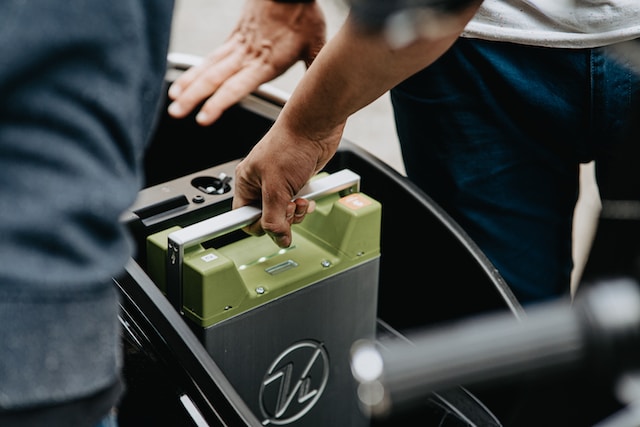It’s truly remarkable that we are witnessing the rise of electric vehicles (EVs)
While they were conceived before their petrol counterparts, it’s only recently that they have started to lead the roads. This surge in popularity is likely due to growing environmental awareness and the urgent need for greener energy solutions in the face of climate change.
A common question about EVs relates to their battery lifespan. This is a fair concern since the energy pack, as the heart of an electric car, accounts for about 70% of the car’s value. But there are no easy answers to that. We don’t know exactly how long they will keep working because they have been around for just a handful of years.
The potential costs of replacing these batteries once they reach the end of their useful life can be daunting.
Let’s delve into the characteristics and typical life cycle of an EV battery.
Today’s Focus of Attention is reader-supported. We sometimes include products we think are useful for our readers. If you buy through links on this page, we may earn a small commission.
When Do EV Batteries Start to Deteriorate?

EV batteries, like all batteries, experience a decline in capacity over time at an average rate of about 2.3% per year. This means that an electric vehicle with a 100-km range could lose 2.3 km in the first year alone.
This loss speeds up as the vehicle gets older, leading to a more noticeable drop as the years go by. Regular servicing helps determine whether your battery needs a complete replacement or a simple cell change.
Compared to traditional vehicles, EV batteries tend to outlast many components in an internal combustion engine.
Battery Replacement Costs
Replacing an EV battery varies based on the car’s brand and battery size, typically ranging from $5,000 to $20,000. However, most warranties cover replacements for eight years or up to 160,000 km.
After the warranty period, owners must choose between accepting a lower travel range or substituting the battery altogether.
Given the high cost of new batteries, it’s likely that many prefer to live with a reduced range for as long as possible.
Second Life for EV Batteries and Recycling
While the EV battery recycling industry is in its infancy, some companies have begun to repurpose these power packs.
Nissan, for instance, uses old LEAF batteries to energise streetlights and backup data centres in Michigan.
As the energy required for a Tesla is much higher than for other devices, batteries no longer suitable for vehicles can find new life in other applications.
Global governments are requesting that EV batteries be designed in a way to enable easy recycling so they can be upcycled or reused without the need to create new ones.

Batteries will eventually need replacing, but this should not discourage you from going electric.
EV batteries are reliable, and advancements in technology promise to produce better, longer-lasting energy units. Such innovations may reduce replacement costs and extend the lifespan of EV batteries.
The EVs you see on the roads today are still performing well with their original rechargeable batteries, although we can’t predict how long these batteries will last before they are replaced.
But we are on track to discover.


